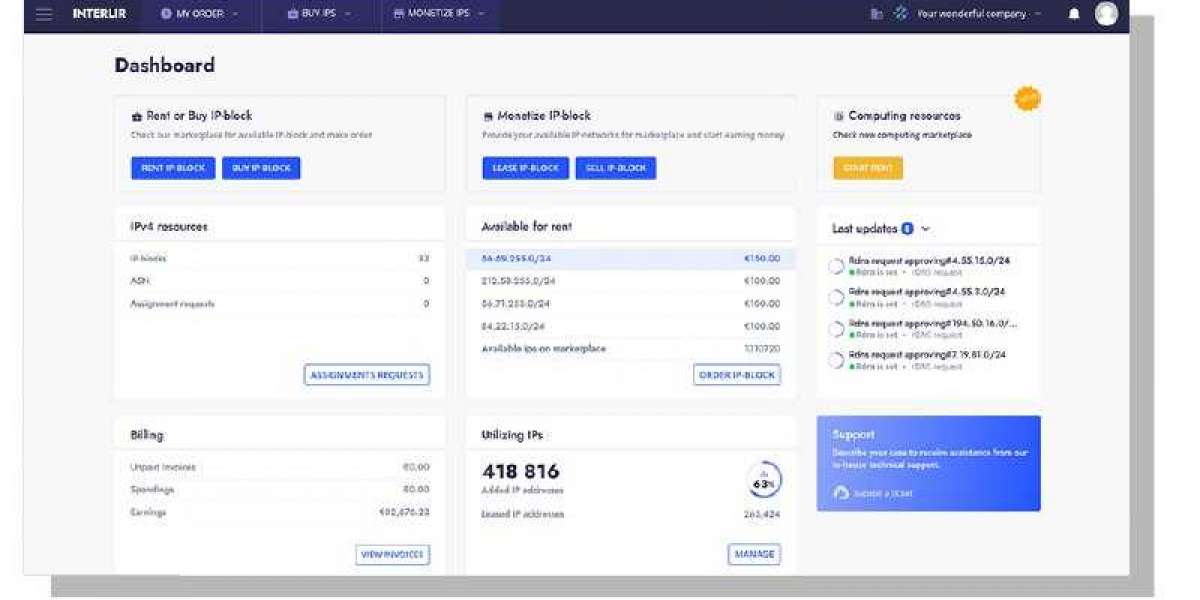The Tug Boat Market is charting a promising course as the global maritime sector witnesses a surge in shipping traffic, port modernization, and offshore operations. Tug boats, essential for maneuvering large vessels in restricted waters, are gaining importance across commercial, naval, and rescue applications.
The market is witnessing strong growth due to rising demand for harbor assistance, offshore support, and terminal operations. As global trade rebounds and coastal infrastructure expands, tug boats are playing a vital role in enhancing maritime safety, efficiency, and port functionality.
According to Dataintelo, the global tug boat market was valued at approximately USD 8.7 billion in 2023 and is projected to reach USD 13.2 billion by 2032, growing at a CAGR of 4.8% during the forecast period.
Key Drivers Propelling Market Growth
- Global Trade Recovery: Increased movement of container ships, tankers, and cruise liners fuels demand for port services, including tug boat operations.
- Port Modernization Projects: Infrastructure investments in smart ports and deep-water terminals require advanced tugboats for efficient berthing and vessel handling.
- Offshore Energy Sector Expansion: Tug boats support offshore wind farms, oil platforms, and subsea operations, driving long-term demand.
These factors underscore the indispensable nature of tug boats in modern maritime logistics and port operations.
Request a Sample Report
https://dataintelo.com/request-sample/386115
Market Challenges and Restraints
Despite strong market fundamentals, several challenges may hinder the tug boat market’s growth:
- High Capital Investment: The construction and acquisition of modern tug boats involve significant costs, often requiring long-term financing.
- Fuel and Maintenance Costs: Operating expenses remain high due to fluctuating fuel prices and regular maintenance needs.
- Skilled Workforce Shortage: The sector faces a global shortage of trained marine professionals for tug boat navigation and engineering.
Addressing these challenges will be critical to achieving optimal fleet utilization and maintaining profitability.
Emerging Opportunities in the Tug Boat Market
The tug boat market is ripe with opportunities as stakeholders embrace innovation and sustainability:
- Hybrid and Electric Tug Boats: Eco-friendly vessels are gaining traction due to environmental regulations and port emission targets.
- Autonomous Navigation Systems: Smart tug boats equipped with AI and remote navigation capabilities are being tested for efficiency and safety.
- Fleet Modernization Initiatives: Many governments and port authorities are replacing aging fleets with high-performance vessels to boost operational reliability.
These trends are reshaping the industry and offering exciting avenues for manufacturers, service providers, and port operators.
View Full Report
https://dataintelo.com/report/global-tug-boat-market
Regional Insights and Market Dynamics
The Asia-Pacific region dominates the global tug boat market, accounting for over 40% of the revenue share in 2023. Rapid industrialization, trade growth, and expansive port infrastructure in countries such as China, India, and South Korea contribute to this dominance.
North America and Europe remain lucrative regions with established maritime infrastructure, growing offshore energy projects, and increasing demand for technologically advanced vessels. Meanwhile, Latin America, the Middle East, and Africa are witnessing steady growth due to port expansion and intercontinental trade routes.
Key Market Figures:
- 2023 Market Size: USD 8.7 Billion
- Projected Market by 2032: USD 13.2 Billion
- CAGR (2024–2032): 4.8%
- Top Regional Market: Asia-Pacific
- Primary Applications: Harbor towing, offshore support, salvage operations, escort services
These figures highlight the diverse use cases and geographical spread driving sustained demand.
Enquire Before Buying
https://dataintelo.com/enquiry-before-buying/386115
Technological Advancements Driving Industry Evolution
Tug boats are evolving rapidly through innovation in propulsion, navigation, and safety systems. The integration of digital tools and automation is transforming traditional tug operations into data-driven, efficient services.
- Advanced Propulsion Systems: Azimuth thrusters and Voith Schneider propellers enhance maneuverability and thrust.
- Green Technologies: LNG-fueled and battery-powered tug boats reduce carbon emissions while maintaining performance.
- Remote Diagnostics and Monitoring: Real-time vessel health checks and predictive maintenance systems improve uptime and reduce operational risks.
Technology-driven upgrades are becoming a competitive necessity, especially for large ports and offshore operators seeking enhanced service efficiency.
Strategic Market Outlook
With maritime regulations becoming stricter and shipping operations more complex, the tug boat market is expected to grow steadily. Key strategic imperatives include:
- Fleet Expansion in Developing Economies: Growing maritime trade in emerging nations requires investment in harbor service vessels.
- Public-Private Partnerships: Governments are increasingly collaborating with private players to build and manage port support infrastructure.
- Focus on Training and Safety: Strengthening crew training programs ensures higher safety standards and compliance with global maritime norms.
These focus areas can unlock long-term growth while ensuring operational resilience and environmental responsibility.
Check Out the Report
https://dataintelo.com/checkout/386115
Conclusion
The Tug Boat Market is cruising toward sustained growth, backed by robust trade flows, modernizing ports, and increasing offshore activity. While operational challenges persist, technological innovation and strategic investment are unlocking new efficiencies and applications across the maritime landscape.
The future of the tug boat industry will be shaped by sustainability, digitalization, and evolving logistical demands. Stakeholders who embrace innovation and adapt to changing market needs are poised to lead in this essential segment of maritime operations.




